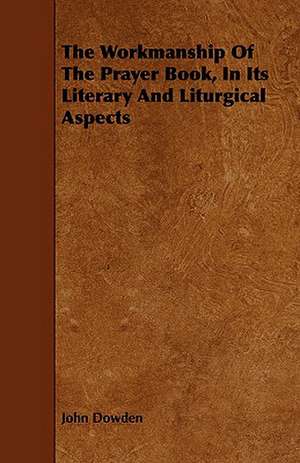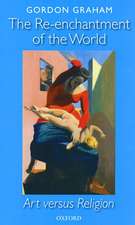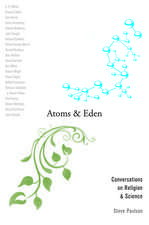The Workmanship of the Prayer Book, in Its Literary and Liturgical Aspects: Its Organization and Administration
Autor John Dowdenen Limba Engleză Paperback – 26 oct 2008
Preț: 152.80 lei
Nou
Puncte Express: 229
Preț estimativ în valută:
29.24€ • 30.42$ • 24.14£
29.24€ • 30.42$ • 24.14£
Carte tipărită la comandă
Livrare economică 10-16 aprilie
Preluare comenzi: 021 569.72.76
Specificații
ISBN-13: 9781443776318
ISBN-10: 1443776319
Pagini: 252
Dimensiuni: 140 x 216 x 14 mm
Greutate: 0.32 kg
Editura: McGiffert Press
ISBN-10: 1443776319
Pagini: 252
Dimensiuni: 140 x 216 x 14 mm
Greutate: 0.32 kg
Editura: McGiffert Press













